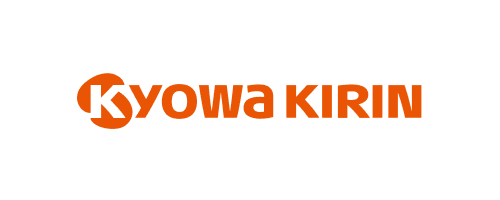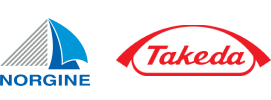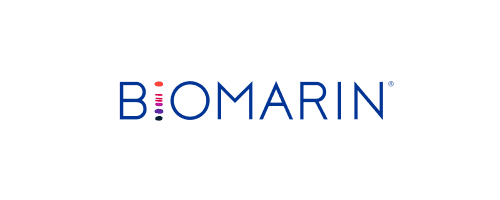Kyowa Kirin U.S.: Personalized Marketing at Speed & Scale
Highlights from a conversation with Jay McMeekan, Senior Director, Head of Commercial Digital COE at Kyowa Kirin, Inc. U.S.
Digital is creating a greater need for commercial teams to deliver relevant content when and where HCPs need it. Pooja Lal and Jay McMeekan discuss the challenges enterprise and emerging life sciences companies are facing with hybrid engagement, and how organizations can quickly deliver personalized content at scale in today’s digital world.


PL: The industry quickly pivoted to digital during the pandemic. Are these new engagement models here to stay or will priorities shift again after COVID-19?
JM: The pandemic proved that digital channels aren’t going anywhere. They have become a standard for interacting in the field. Companies should tailor their long-term engagement strategies to these new platforms–which can be just as, if not more, impactful than traditional in-person interactions. Some customers even prefer connecting through digital and it’s enabling companies, like Kyowa Kirin, to reach audiences they couldn’t before. This shift has expanded the equation of how best to engage and it’s giving the industry a real-world example of digital driving more meaningful, customer-centric engagement.
PL: With the growing use of digital channels, there is a greater need to create relevant content faster. How is Kyowa Kirin adapting to accelerate content creation in this new market?
JM: As the market evolves, and customers’ demands and needs change, we need to ensure that we have the right tools, processes, and teams in place to consistently deliver exceptional virtual and in-person customer experiences. With the help of agile operating models and modular content solutions, we are able to meet the need for more content by adapting content on the fly, maintaining compliance, and staying cost-prohibitive. Continuing to build flexibility into our digital asset management systems and content creation workflows is critical, and it will help us stay relevant across the digital ecosystem for years to come.
PL: What should commercial teams focus on to drive more personalized content in the evolving landscape?
JM: The most important focus for the industry right now is harnessing data-driven insights to inform the content creation process. Marketing teams need to create robust behavioral segmentations to understand HCPs’ different personalities, what drives them, and what’s important to them. This will help teams consistently deliver the right content at each stage of the customer journey. There are also different interactions marketers don’t have influence over but that help HCPs and patients make final product decisions. Finding those unique opportunities to leverage new content and successfully drive those decisions forward makes all the difference.
PL: How are you measuring the impact of your content and what can companies do to prove success in the early days of adopting new ways of personalized marketing?
JM: At the individual customer level, there are three critical areas to measure: message preference, channel preference, and the frequency of outreach. Preferences vary throughout the customer journey, so analyzing these differences will enable reps to better understand HCPs and tailor their experience.
Companies should also document upfront what their expectations are and measure performance with content tagging. Tracking this information ensures reps avoid saturating one engagement method and instead use it to improve future content plans. These metrics then need to tie into business performance objectives or teams risk losing meaningful value in their data.
PL: How can modular content enable big and emerging pharma to deliver personalized content efficiently and compliantly at speed and scale? Where can they start?
JM: Organizations should leverage modular content to streamline the reuse of their key messages across new and existing channels. It will enable them to quickly adapt content to HCPs’ evolving needs while spending less time in medical, legal, and regulatory (MLR) review cycles. Ultimately, it makes marketing teams more cost-effective as they can easily track how content is performing and optimize resources in specific areas.
There is no single silver bullet on how best to engage using modular content. I’d start small by setting clear objectives on what teams want to accomplish and then updating an old piece of content with newer materials or formats to see how it progresses across modules and channels.
PL: What have you learned from your transition to an emerging life sciences company that can be applied to big pharma?
JM: The biggest takeaway from my transition is learning how to do more with less, especially in an environment where there is limited funding, resources, and infrastructure. My advice for larger organizations is to focus less on achieving perfect alignment across stakeholders and avoid unnecessary re-reviews. This overcomplicates workflows and doesn’t guarantee a better outcome.
Instead, companies should think small and act big—leverage the data and content at your disposal and invest in nimble, compliant solutions that will generate new content faster to help differentiate your brand across audiences, channels, and regions.
Learn more about how modular content can help lay the foundation to create content faster and at scale.




